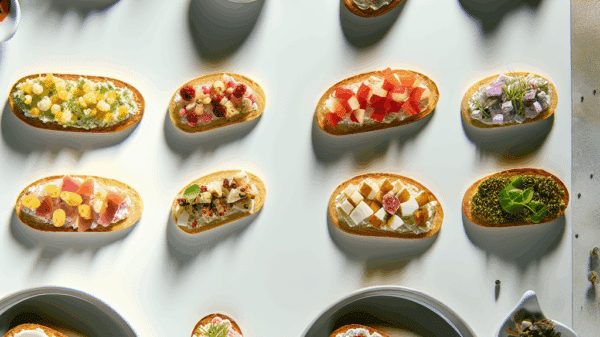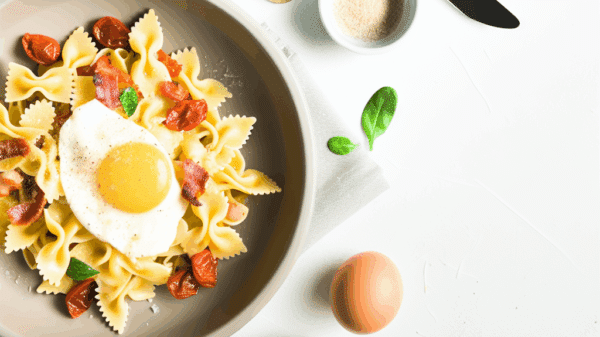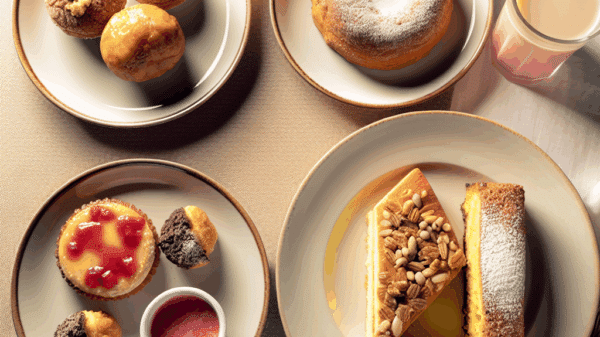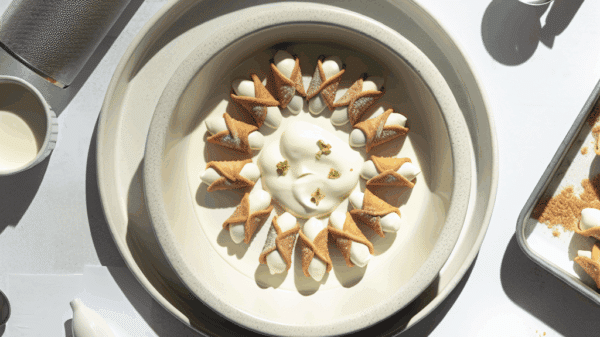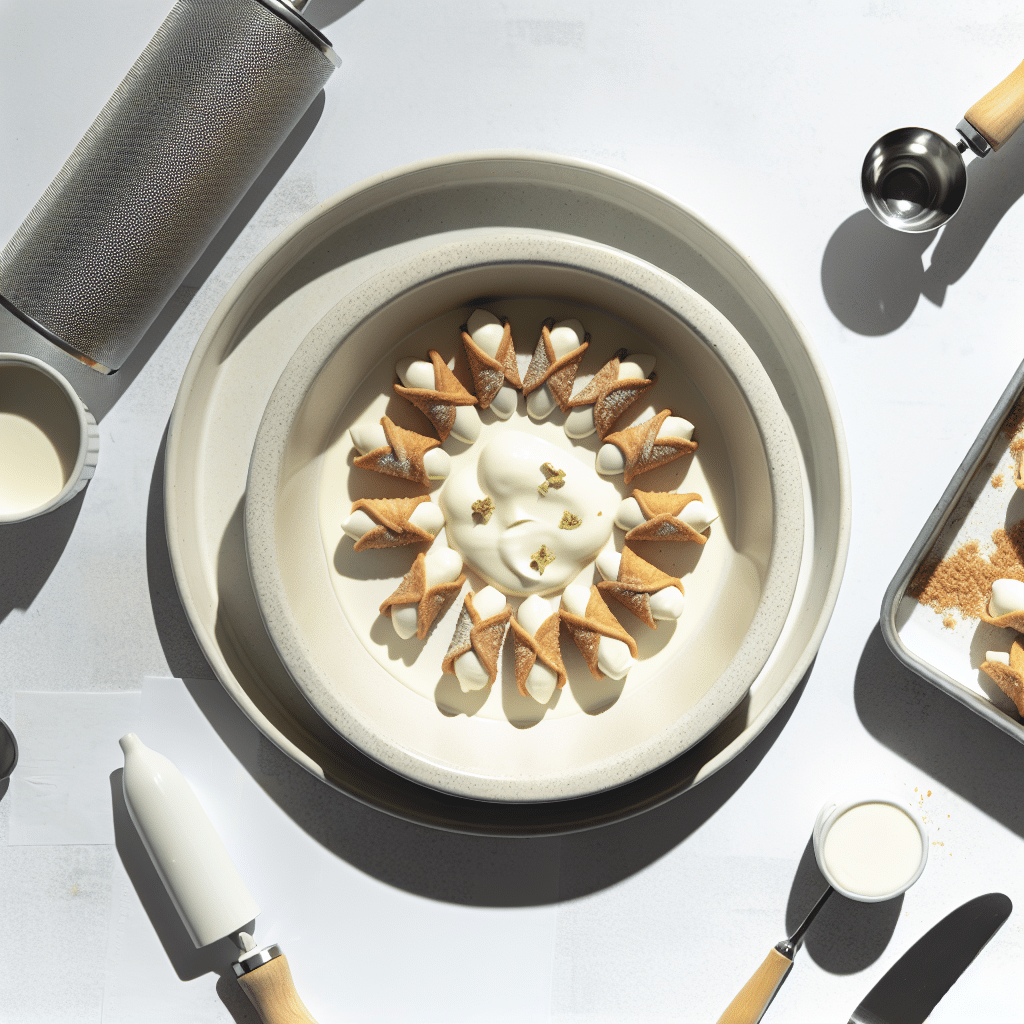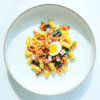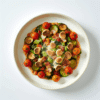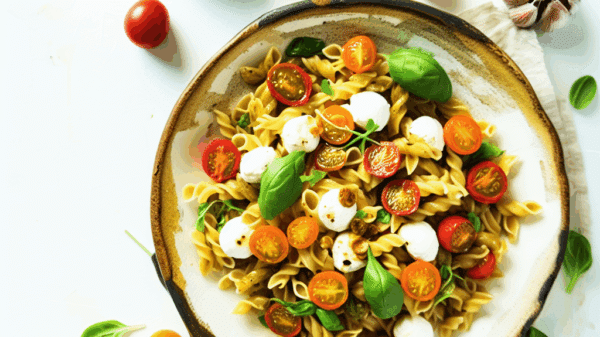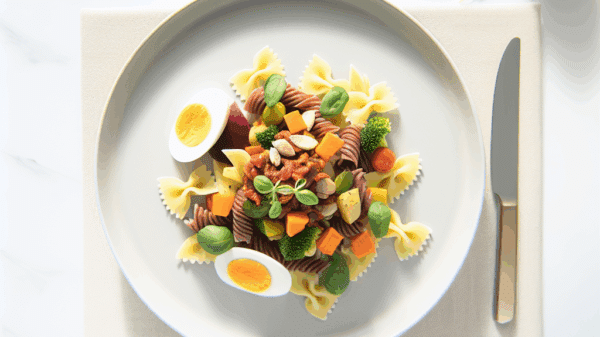Overview
Classic Italian desserts are a delightful celebration of flavor and tradition, perfect for anyone with a sweet tooth or a love for authentic culinary experiences. This article delves into the secrets of Italian desserts, showcasing their rich history, diverse regional styles, and unique flavors. From tiramisu to panna cotta, these desserts can elevate any dining occasion, whether it’s a family gathering or a cozy dinner date.
Estimated prep time varies by dessert but typically ranges from 30 to 90 minutes, with chilling or baking times adding additional hours. The difficulty might range from easy (e.g., panna cotta) to moderately challenging (e.g., tiramisu). Regions across Italy boast distinctive desserts, like Venetian tiramisu or Sicilian cannoli. Flavors are often rich, sweet, and sometimes tangy, with ingredients such as espresso, citrus, or rich chocolate. Italians traditionally serve these sweets after dinner, during festive holidays, or alongside a warm cup of coffee.
Ingredients
- 500 g (17.6 oz) Mascarpone cheese
- 200 g (7 oz) Granulated sugar
- 4 large Eggs, separated
- 200 ml (6.8 fl oz) Strong brewed espresso, cooled
- 200 g (7 oz) Ladyfingers (savoiardi)
- 50 ml (1.7 fl oz) Amaretto liqueur (optional)
- Zest of 1 Orange
- Pinch of Salt
- Cocoa powder or shaved chocolate for dusting
Optional toppings or garnishes can include fresh berries or shaved chocolate for an elegant finish.
Step-by-Step Instructions
- Prepare the espresso: Brew coffee and allow it to cool at room temperature.
- Separate the eggs: Carefully separate the egg yolks from the whites, placing them in two different mixing bowls.
- Create the egg mixture: In the bowl of yolks, add the granulated sugar and whisk until it becomes creamy and pale (about 5 minutes).
- Incorporate the mascarpone: Gently fold the mascarpone cheese into the egg and sugar mixture until smooth and fully combined. Take care not to over-mix.
- Beat the egg whites: In a separate clean bowl, beat the egg whites with a pinch of salt until stiff peaks form (about 3-5 minutes). This adds lightness to the dessert.
- Fold together: Gently fold the whipped egg whites into the mascarpone mixture using a spatula, ensuring not to deflate the airy texture.
- Prepare the ladyfingers: Quickly dip each ladyfinger into the cooled espresso (mixed with Amaretto if desired) for a second—don’t soak them!
- Layer the dessert: In a serving dish, begin layering: dip ladyfingers at the bottom, then spread a layer of the mascarpone mixture over them. Repeat until all ingredients are used, finishing with the mascarpone mixture.
- Refrigerate: Cover and chill the dessert in the fridge for at least 4 hours, but overnight is even better for optimal flavor development.
- Serve: Before serving, dust the top with cocoa powder or shaved chocolate, and garnish with citrus zest or optional berries.
Be careful not to over-mix the cream, which can create a dense texture. Avoid soaking the ladyfingers too long, as this leads to soggy layers.
Variations & Substitutions
If you’re considering dietary swaps, here are a few options:
- Vegan: Substitute mascarpone with a blend of silken tofu and coconut cream.
- Gluten-free: Use gluten-free ladyfingers or sponge cake.
- Dairy-free: Opt for almond milk or oat milk-based whipped creams in place of mascarpone.
- Low-sugar: Use a sugar alternative suitable for baking.
Regional twists can include adding regional flavors such as Pistachio in Sicilian cannoli or Almond in Tuscan cantucci. You could also try a lighter version of tiramisu by layering with fruit puree instead of espresso for a fresher taste.
Make Ahead, Storage & Reheating
This dessert can be prepared a day in advance, making it an excellent choice for gatherings. When storing, cover tightly with plastic wrap and refrigerate. For optimal texture, it’s best consumed within 2-3 days. Panna cotta and similar custards can be made and chilled in advance, while keeping a crisp texture requires careful handling.
Do not freeze tiramisu, as the layers may separate and lose their quality. If necessary, you can refresh the dessert by lightly dusting with cocoa powder just before serving.
Nutrition (Approx.)
Per serving (based on 8 servings):
- Calories: 405
- Protein: 7 g
- Fat: 28 g
- Carbohydrates: 32 g
Note: Nutrition may vary depending on specific ingredients and portion sizes. Low-sugar or protein-enriched versions are achievable by using sugar substitutes and protein powders.
Serving Suggestions
For an elegant pairing, serve tiramisu alongside a strong espresso, cappuccino, or a glass of Vin Santo, a sweet dessert wine. Plating could involve layering the dessert in clear cups, giving a visual appeal that showcases its texture. For family-friendly options, consider serving individual portions in mason jars, and garnish with seasonal fruits like strawberries or raspberries.
FAQs
- How long should tiramisu chill? Aim for at least 4 hours, but overnight is recommended for best results.
- Can I use cream cheese instead of mascarpone? While it’s possible, the flavor and texture will differ significantly; mascarpone provides a creamier effect.
- How do I keep cannoli shells crisp? Fill them just before serving and store them in an airtight container separately to maintain crispness.
- Can I freeze panna cotta? It’s not recommended; refrigeration maintains the best smooth texture.
Conclusion
Understanding classic Italian desserts unlocks a world of rich traditions and flavors. By applying these authentic techniques, whether layering tiramisu or chilling panna cotta, home cooks can recreate these delightful treats. Embrace the culinary journey and experiment with variations and presentations that reflect your own style. We’d love to hear about your favorite Italian dessert creations—share your successes and discoveries in the comments below!

